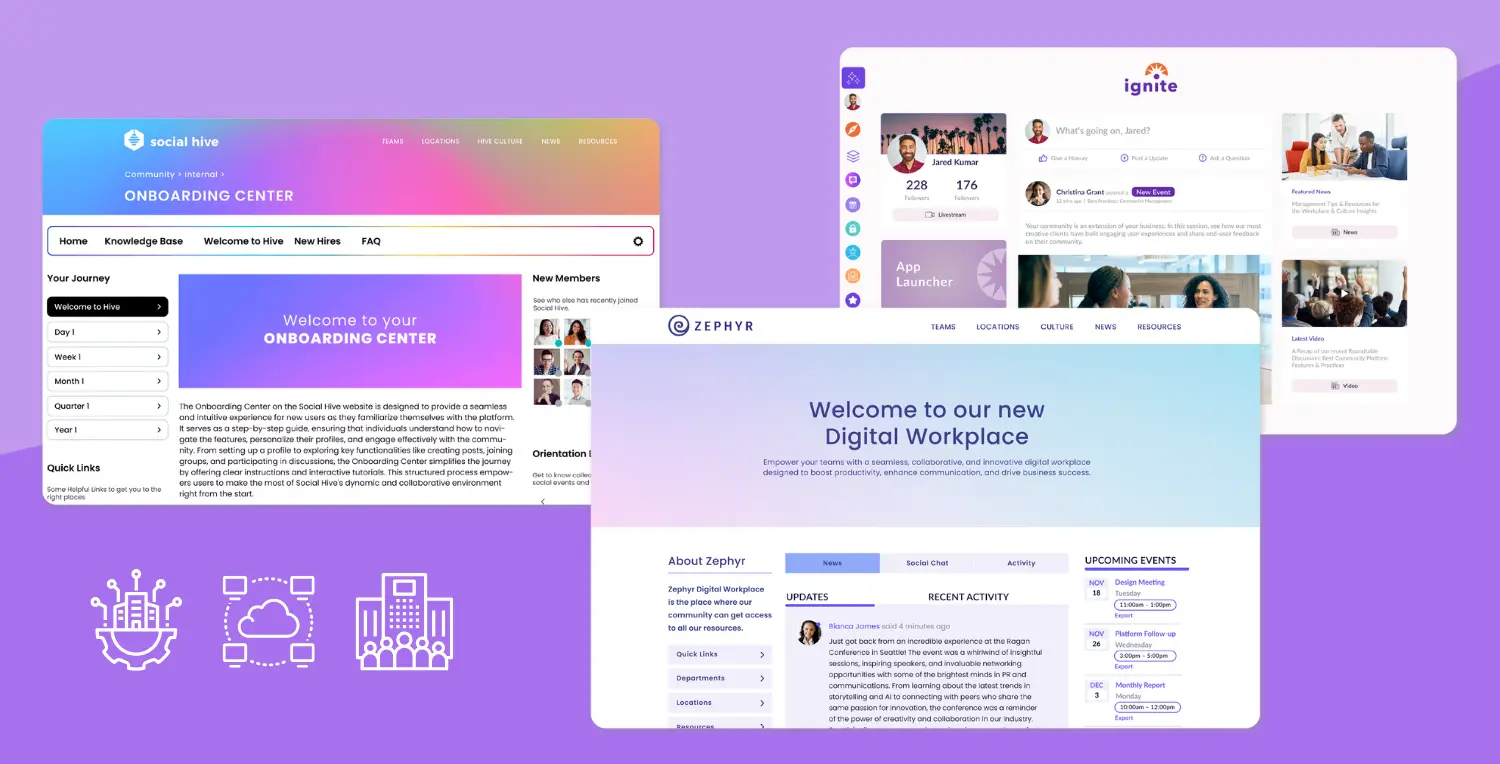SharePoint, Microsoft's leading collaboration platform, has always enabled organizations to manage their content, streamline processes, and collaborate effectively. The platform's capabilities have significantly enhanced with the introduction of new features in the latest versions of SharePoint. Let’s explore three critical aspects of the latest SharePoint versions – Security and Sharing, Lists vs. Microsoft Lists, and Dataverse.
Security & Sharing
SharePoint's latest versions come with various new security and sharing features that help organizations protect their sensitive information and streamline users' collaboration.
- Sensitivity Labels: Administrators can now create and apply sensitivity labels to documents and sites to protect sensitive content. These labels enforce security policies and restrict access to only users with the necessary permissions.
- Conditional Access: SharePoint now offers more granular control over access to content based on user attributes, device compliance, location, and other factors. This feature ensures that only authorized users can access sensitive information and minimizes the risk of data breaches.
- External Sharing: SharePoint's enhanced external sharing functionality allows organizations to share content with external users securely. Administrators can define the level of access for external users, such as view-only or edit access, and set expiration dates for sharing links.
Lists vs. Microsoft Lists
Lists have always been a fundamental component of SharePoint, enabling users to create, organize, and manage data in a structured format. The introduction of Microsoft Lists has brought about several improvements:
- Modern Interface: Microsoft Lists offers a modern interface with improved aesthetics and usability. The platform also has various pre-built templates to help users quickly and efficiently create lists.
- Conditional Formatting: Microsoft Lists allows users to apply conditional formatting to list items, making it easier to visualize and understand data. Users can customize the appearance of list items based on specific conditions or criteria.
- Integration with Power Apps and Power Automate: Microsoft Lists seamlessly integrates with Power Apps and Power Automate, enabling users to create custom applications and automate workflows easily.
- Mobile App: Microsoft Lists now has a dedicated mobile app, allowing users to access and manage their lists on the go.

Dataverse
Dataverse is a powerful, low-code platform allowing organizations to store and manage data across different applications. It offers several advantages when compared to traditional SharePoint lists:
- Scalability: Dataverse provides a more scalable solution for organizations that handle large volumes of data. Its robust architecture allows Dataverse to handle millions of rows without any performance issues.
- Security and Compliance: Dataverse offers built-in security features such as role-based access control, data encryption, and auditing. This ensures your organization's data is protected and compliant with industry standards.
- Advanced Data Types: Dataverse supports many data types, including complex and hierarchical data structures, enabling organizations to store and manage diverse data sets more effectively.
- Integration with Power Platform: Dataverse is an integral part of Microsoft's Power Platform, allowing for seamless integration with Power Apps, Power Automate, and Power BI. This enables organizations to build custom applications, automate processes, and quickly generate insights from their data.
Consult With Our SharePoint Intranet Experts
The latest versions of SharePoint significantly improve security, sharing, and data management. Organizations can better protect their sensitive information with enhanced features like Sensitivity Labels, Conditional Access, and External Sharing. The introduction of Microsoft Lists and Dataverse has further expanded SharePoint's capabilities in managing and organizing data. By leveraging these new SharePoint features, organizations can maximize their SharePoint investment and unlock the full potential of this powerful collaboration platform.
Our SharePoint intranet consulting services help you get the most out of these capabilities. From designing secure intranet structures to automating workflows and integrating Microsoft 365 apps, we can help you unlock the full potential of SharePoint.

Frequently Asked Questions (FAQs) about Microsoft SharePoint Administration
What is SharePoint administration?
SharePoint administration involves managing and configuring a SharePoint environment to ensure it runs smoothly. This includes setting permissions, maintaining site collections, managing storage, monitoring performance, and ensuring security compliance across all sites.
What is Microsoft SharePoint?
Microsoft SharePoint is a web-based collaboration and document management platform that helps organizations store, organize, share, and access information securely from any device. It integrates with Microsoft 365 tools to support teamwork, communication, and workflow automation.
What is Dataverse?
Dataverse is Microsoft’s cloud-based data platform that stores and manages business data used in apps built with Power Apps, Power Automate, and Power BI. It allows organizations to securely handle large, complex datasets and integrate them across multiple Microsoft 365 services.
What is a modern group in SharePoint?
A modern group in SharePoint, also known as a Microsoft 365 Group, is a shared workspace that connects SharePoint with other Microsoft 365 tools like Teams, Outlook, and Planner. It automatically provides a shared mailbox, calendar, document library, and team site for collaboration.
What is a SharePoint administrator?
A SharePoint administrator is responsible for managing the SharePoint environment, including site configuration, permissions, backups, and system performance. They ensure users have secure access to the right content and that the platform aligns with organizational policies.
What is SharePoint admin?
SharePoint admin refers to the role, permissions, and tools available in the SharePoint Admin Center, where administrators manage sites, settings, and user access. It allows control over sharing, security, storage limits, and integration with other Microsoft 365 services.
How to find SharePoint version?
You can find your SharePoint version by checking the site settings or using PowerShell. For SharePoint Online, updates are applied automatically, but on-premises users can go to Site Settings > Site Information or review Central Administration for version details.












